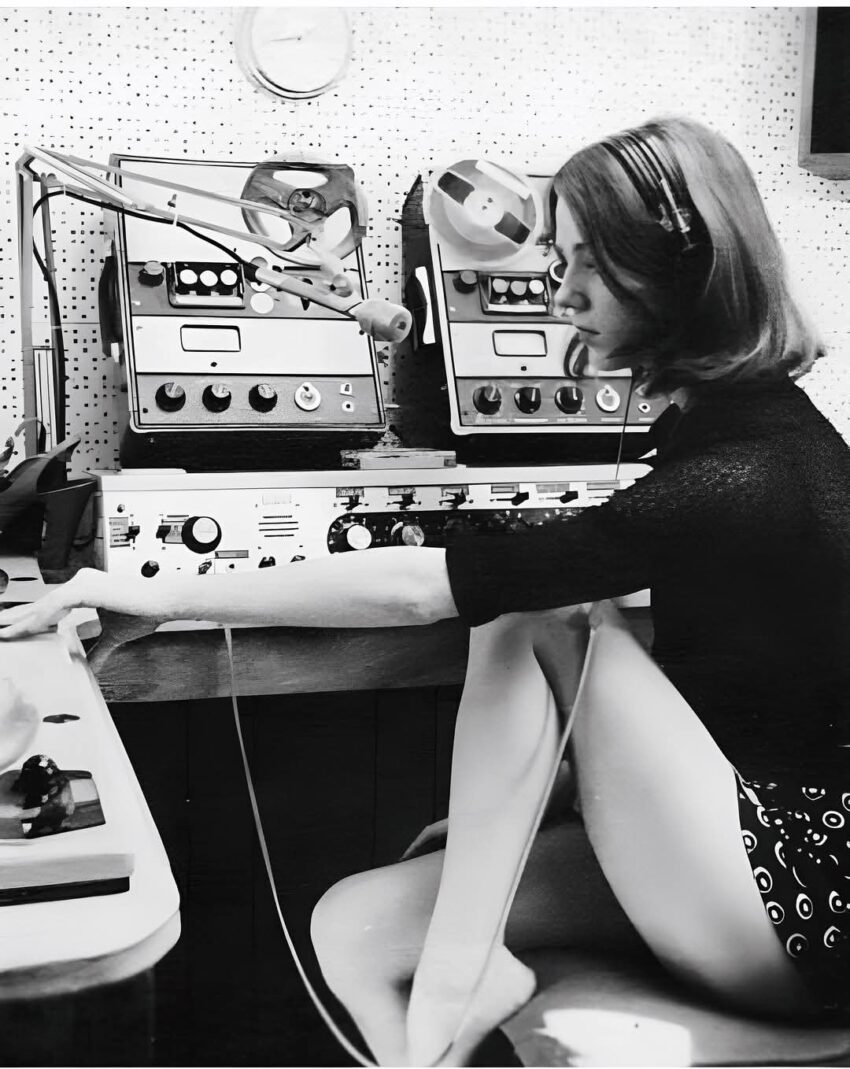In the 1960s, broadcasting experienced a transformative period, with television emerging as the dominant medium for entertainment, news, and culture. The decade marked a pivotal time for both radio and television, as more households gained access to television sets, making it a key fixture in American homes. Shows ranging from sitcoms to dramas, as well as significant news broadcasts, became the cornerstone of daily life, influencing public opinion and shaping the social fabric of the time.The 1960s also saw the rise of influential broadcasting figures, such as Walter Cronkite, whose nightly news broadcasts became a trusted source of information during a time of political and social upheaval. Meanwhile, radio continued to hold its own, with music and talk shows reaching millions of listeners. The era witnessed the growth of influential radio stations, particularly in cities like New York and Los Angeles, where new formats and genres of music shaped youth culture, particularly the rise of rock ‘n’ roll and the counterculture.This decade of broadcasting also coincided with significant moments in history, such as the civil rights movement, the space race, and the Vietnam War, all of which were broadcast to a global audience. Television and radio played essential roles in bringing these events into the homes of millions, making the 1960s a defining era in the history of media. Broadcasting in the 1960s set the stage for the future of television and radio, establishing their lasting influence on communication, entertainment, and the way people connected with the world around them.
